As I write this, iTunes ranks as the 2nd largest seller of music in the U.S. — only Wal-Mart’s physical stores sell more. Digital revenue is real, and there is a lot of it being earned. Sales from iTunes alone can provide a band enough revenue to achieve true financial success. Don’t take my word for it, just look at some of the sales by the following unsigned artists utilizing the Net for both digital distribution and marketing: Kelly sold over 500,000 songs in five months, Eric Hutchinson sold 120,000 songs in three weeks, The Medic Droid sold over 25,000 copies of a single in 45 days, Crank Squad sold over 20,000 songs in 30 days, Secondhand Serenade sold over 225,500 songs in three months, Jason Reeves sold over 20,000 songs in December 2007 and the list goes on and on. Unlike a physical store, digital stores like iTunes have unlimited shelf space allowing everything to be in stock. If the virtual shelves fill up, another hard drive is popped in to make more shelf space. In addition, inventory never runs out; the music simply replicates itself on demand each time it is bought.
After 17 years of running my record label spinART Records, I shut it down. The advent and general adoption of the Internet, digital media and hardware took control of the global music industry away from the record labels and media outlets and handed it to the masses. For the first time in history, through sites like TuneCore, all music creators can choose to be their own record label. There are no longer subjective gatekeepers controlling who gets let “in,” promoted and exposed. The choice is ours. Now, anyone can be famous.
In 1991, I asked my high school friend if I could help him release an indie rock band compilation CD called “One Last Kiss,” he said “yes” and spinART Records was born. For the next 17 years I co-ran the label and had the privilege of releasing many of the bands on my high school and college mix tapes (The Pixies, Camper Van Beethoven, Roddy Frame (Aztec Camera), Echo & The Bunnymen, The Church, Richard Thompson, and more) as well as a large number of other bands discovered post college (Lilys, Lotion, Clem Snide, Apples In Stereo, The Dears, Poole, etc.).
In 1996, I cold-called Ken Goes, then manager for the Pixies and Frank Black, in an attempt to convince him that our band Lotion should open for Frank Black on his upcoming national tour. While on the phone, Ken put me on hold for about two minutes. When he returned he told me the deal he had been working on with another record label to release the new Frank Black & The Catholics album had just fallen through — Frank Black would not grant them the digital rights as they had already been assigned to another company called GoodNoise (now called eMusic). I told Ken this would not be a problem for me. spinART went on to release the next seven Frank Black & The Catholic albums, a Pixies album and a double disc called Frank Black Francis.
Soon thereafter I met the founders of eMusic and went on to work with them for the next 3 ½ years. spinART Records became the first label in the history of the music industry to put its available catalog up for paid download as MP3s and the education I received helped set the stage to adapt to the inevitable changes about to impact the music industry. I took to the emerging digital sector the way Bush took to weapons of mass destruction.
Over the ensuing years, spinART had its peaks and valleys. By 2004, there were a lot more valleys than peaks. The label still did what it did very well, identifying bands that it believed people would like and making them famous. But there was one big change, in the “old days” the more famous an artist got, the more money the bands and spinART made by selling the music. Almost suddenly, this correlation seemed to be breaking. Necessity being the mother of invention, it got me thinking, what could I do to remain in the music industry under a model that would not rely on selling music (the exploitation model). And thus the idea for a new model was born, turn distribution into a service for a simple up front, one time flat fee.
For the past century, artists could record, manufacture, market, and, to some degree, promote their own music, but no matter if they were The Beatles, Elvis or Led Zepplin, they could not distribute it and get in placed on the shelves of the stores across the country; the required costs and infrastructure of the physical world were just too massive — a 500,00 square foot warehouse staffed with 30 people, trucks and inventory systems, insurance, a field staff of 30 people walking to music stores leveraging, begging, pleading and paying to get the CD, album, 8-track, wax spool, etc., on the precious shelves of the retail stores — and checking up afterwards. Distribution was out of the hands of any one person, no matter how dedicated or wealthy. Without the music available to buy, there was no way for it to sell.
Record labels made artists famous and made money off that fame by selling the music — without the music available to buy, there was no way for it to sell. The record labels exclusively had the relationships with the distributors (and in the case of the “four major record labels” the same company owns both). Therefore, with only one means to the desired end, the goal for many artists was to get “signed” to a label.
Record labels were in a very unique position of power due to their exclusive access to distribution, they were not only the singular gatekeepers to a career for an artist by “signing” them to an exclusive contract, but they were also the subjective “deciders” as to what music was pushed out and promoted to the media outlets. With a “signing,” the labels acquired exclusive rights to and from the artist. In return, the label advanced money while providing the relationships, expertise and infrastructure to record, manufacture, market, promote, distribute and sell the music. Of all the artists and music creators in the world, far less than 1% got chosen by the labels due to the risks and economics of the “brick and mortar” world. Of all the music created around the globe, even less has had the opportunity to be discovered and heard by the masses.
And then the world changed thanks to the Internet and digital media…….
For administrative reasons, most of the digital stores like iTunes don’t deal directly with the artists — frankly, customer support for millions of bands (or Uncle Larry, who insists he can do the best version of “How Much Is That Doggy In The Window”) are not what the digital stores are about. The stores prefer to get the music from music industry middlemen that aggregate music and deal with the administrative headaches (a record label as one example). The way to meaningful distribution has been reduced from “access plus infrastructure” to merely “access.”
With the launch of TuneCore (full disclosure here, I am the CEO and founder), for the cost of a six pack and a pizza (around $30), anyone can now literally be their own record label and have the same distribution as any “signed” artist. However, unlike a “signed” artist, this new model allows artists to keep all their rights and receive all the money from the sale of their music via a non-exclusive agreement that can be cancelled at any time, all while having infinite inventory with no up front cost or risk.
This is analogous to telling a band 15 years ago that if they paid $30, every Tower Record store (god bless its now departed soul) around the world would have their album on its shelf and never run out of stock.
Music marketing and promotion is simply giving music to media outlets in hopes that they play it, talk about it or write about it. In the old days, there were three main media outlets that provided the general population a way to discover music en masse: commercial radio, TV (i.e., MTV, VH1, BET) and print magazines like Rolling Stone.
These three media outlets created a second subjective filter as they decided which music videos to show, albums to write about or singles to play on the radio from a limited pool of artists promoted to them via the labels. If an artist was not on a label, the possibility of getting exposure from any of these three outlets was virtually impossible — MTV in particular.
Just getting pitched to any three of these media outlets also required a label due to the costs (i.e., making a video, greasing the palms of the programming directors at commercial radio stations, hiring a publicist, etc.) and connections.
Once again, enter the digital age. The Internet has created new media outlets and given everyone global access. Commercial radio is being replaced by Internet based recommendation streaming radio stations like LastFM that let all music in for programming, not just music pushed from the labels. MTV (when they actually played music videos and nothing was being pimped out, dated or real world-ed) has been replaced by sites like YouTube. All anyone needs now is a cell phone to make their own video and broadcast to a potential Internet viewing audience of hundreds of millions. Print magazines have been replaced by MP3 blogs like Stereogum, Gorilla Vs. Bear, PitchforkMedia, My Old Kentucky Blog and many others. These, combined with social networking sites like iLike, MySpace and more, have limitless circulation and the ability to allow readers and users to form a community that listens to, shares, rates, comments on and in some cases, even buys music. Everyone can become their own commercial radio station, magazine and/or TV network, reaching tens of millions of people.
With the restrictions of the physical world removed sites like iTunes have new vehicles allowing people to discover and share free music (make sure to snag a copy of 34 Stars, a 34-artist compilation album available for free download on iTunes
Subjectivity and filters have been removed. All music can be discovered, downloaded, shared, promoted, heard and bought directly by the audience itself. It is truly the democratization of an industry.
As far as the other label functions, these are now affordable and accessible for everyone. For the cost of one day at a studio, you can go to a place like Guitar Center (disclosure again — Guitar Center have an equity position in TuneCore) and get inexpensive high quality gear to record at home along with lots of knowledgeable experts working the floors to educate and advise. With the removal of a physical medium to deliver the music (i.e., a CD), the barriers and expenses created by physical manufacturing have been removed.
Allowing all music creators “in” is both exciting and frightening. Some argue that we need subjective gatekeepers as filters. No matter which way you feel about it, there are a few indisputable facts — control has been taken away from the “four major labels” and the traditional media outlets. We, the “masses,” now have access to create, distribute, discover, promote, share and listen to any music. Hopefully access to all of this new music will inspire us, make us think and open doors and minds to new experiences we choose, not what a corporation or media outlet decides we should want. It is then the public, not a corporation that gets to decide what is bad and good. The revolution (pun intended) has truly begun.

